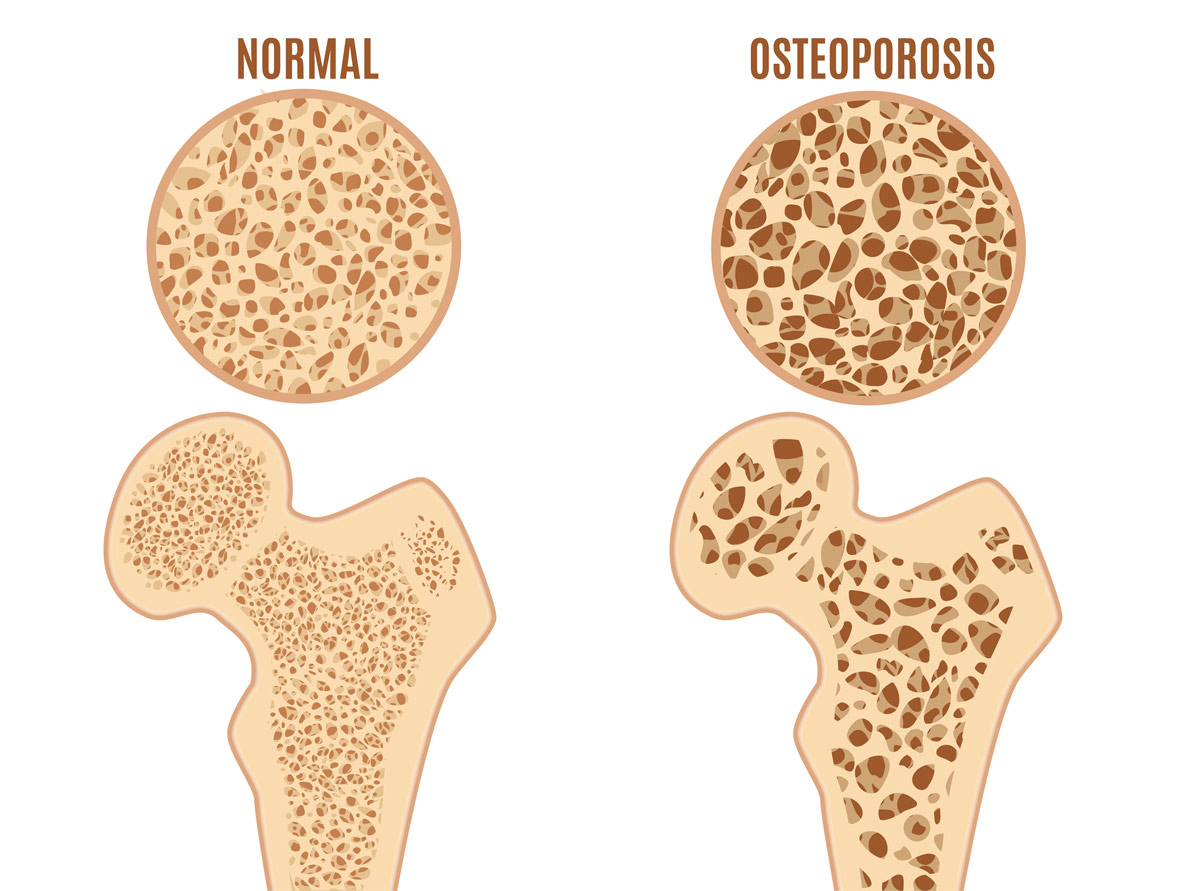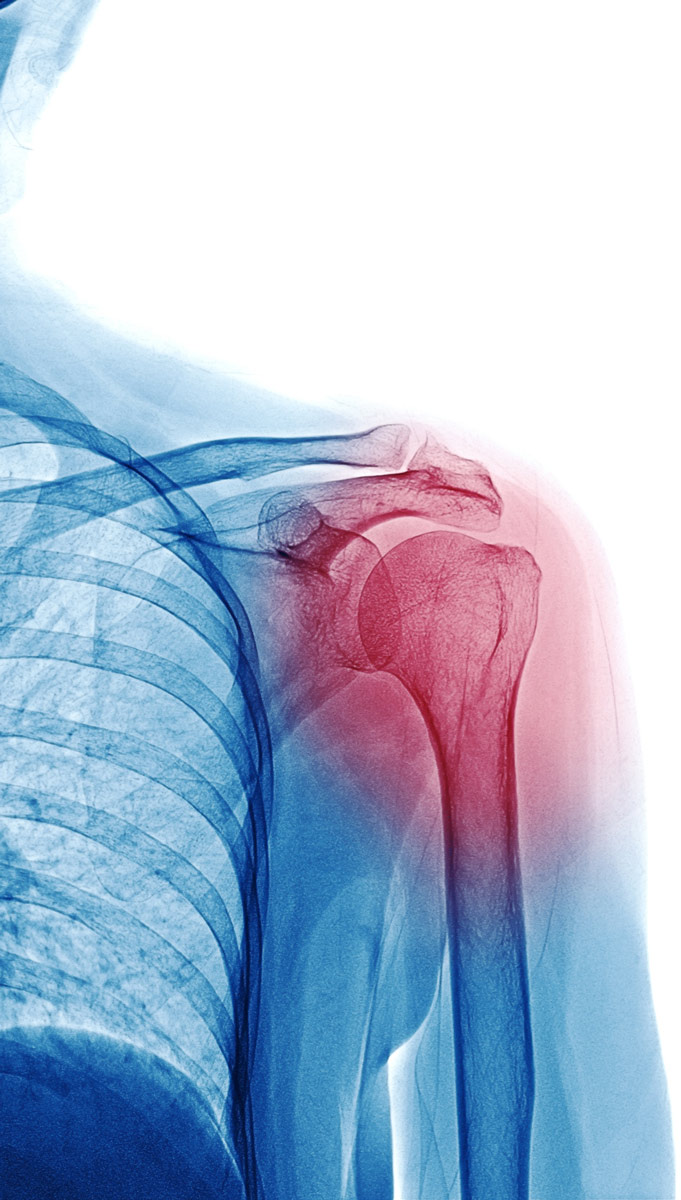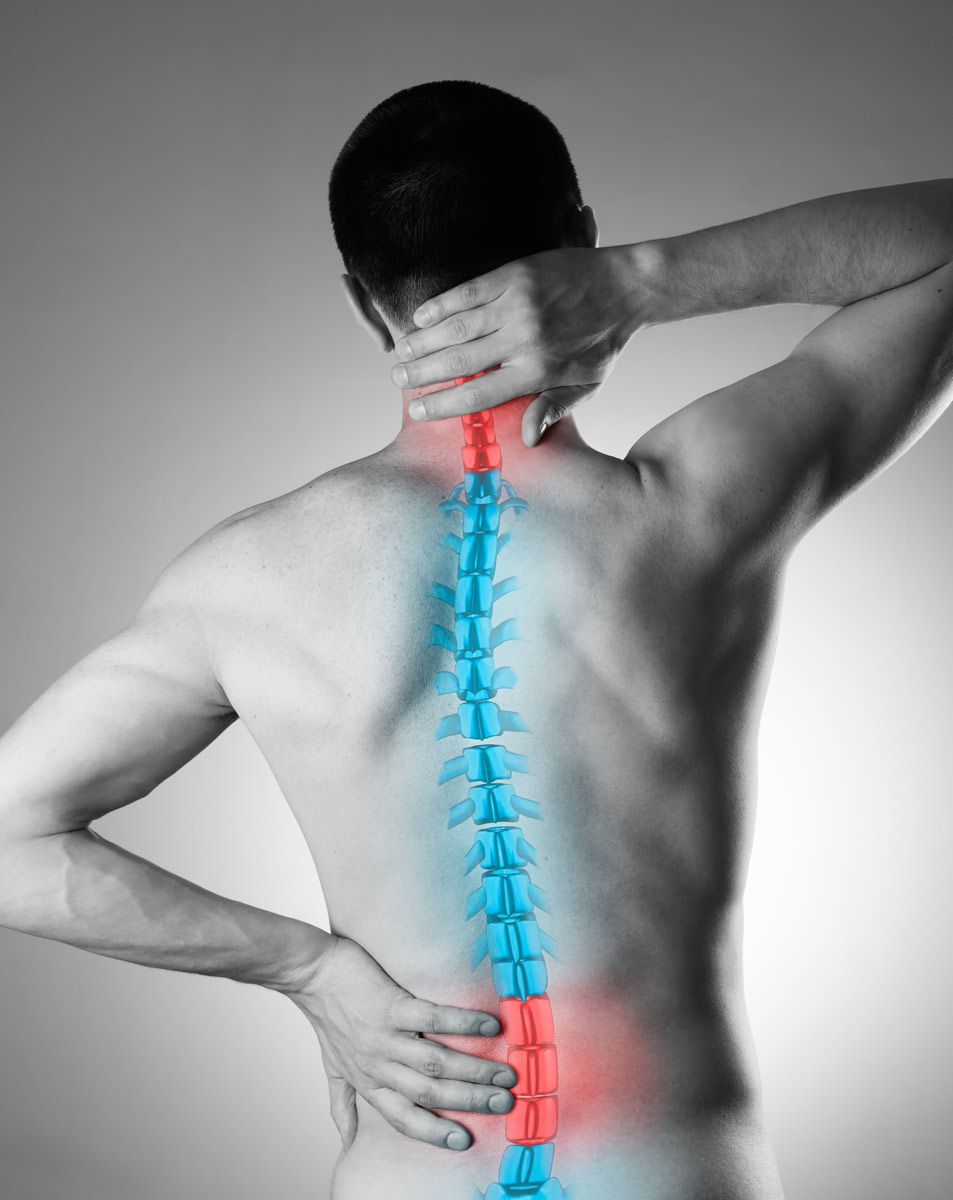Bones

What are bone diseases?
These are alterations of the bones and cartilage.
Most frequent neurological conditions we can intervene in:
Osteoporosis
Arthrosis
Rheumatoid Arthritis
Ankylopoietic spondylitis
Psoriatic arthritis
Reactive arthritis
Genetic ossification defects
Cartilage formation deficit
Tendinitis
Alterations due to degeneration of articular cartilages
Low back pain and sciatica due to intervertebral disc disorders
Herniated disc
Cervical osteoarthritis and vertebral myelopathy
What is the cause?
The causes are very varied: from autoimmunity, as in the case of Multiple Sclerosis, to cerebral irritative foci, as in epilepsy.
What is our objective?
Give the appropriate information to the cells to restore the nerve pathways involved.
How can we help?
First we must make a proper diagnosis by interview, examination and accurate diagnostic techniques. diagnostic techniques, such as such as protein profiling, lymphocyte typing, serology and others.
When we have all the data, we can act by favoring cellular autoregulation with different strategies: Bioimmunogenetics o Bi(G)MED, nutrition y micronutritionas well as other complementary treatments required by the specific case.

Particularities
Human beings are living longer and longer and, with this, bone alterations due to wear and tear, such as osteoarthritis and osteoporosis, are increasing.
Bone tissue is very complex and is subjected to forces that keep it constantly in a process of formation-reabsorption (growth, adaptation to the forces it supports, etc.), so if there is an alteration in this process, the consequences for the statics and dynamics of the body will be important. This causes pain and discomfort, as well as limited mobility.
With Bi(G)Med we can improve bone, collagen and cartilage function.



